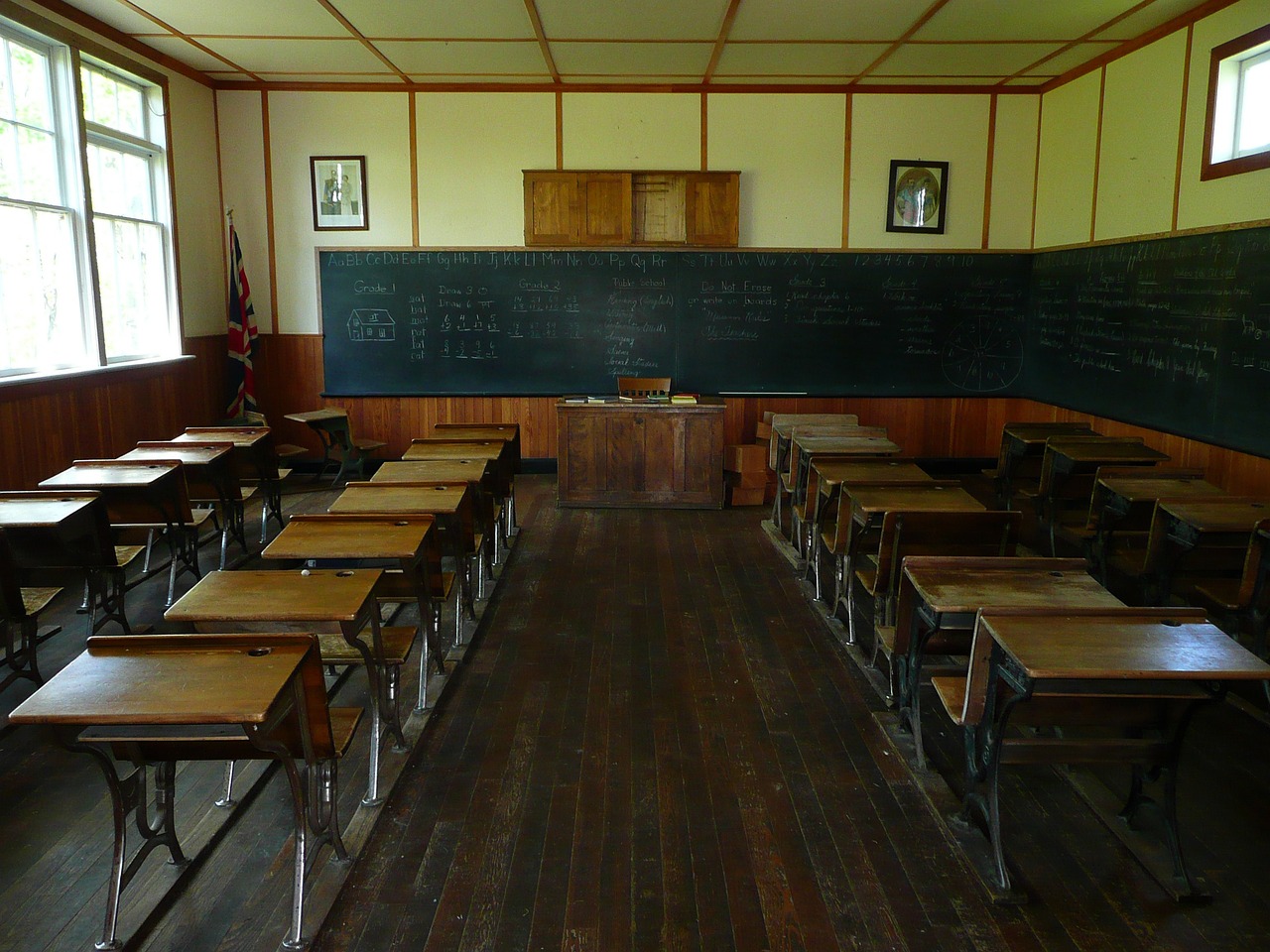Written By: Pa. Rep. Paul Schemel
I receive numerous emails from constituents arguing that Pennsylvania schools are underfunded. What is the “right” level of funding can be debated, but at a state average of $22,000 per student, Pennsylvania ranks 9th in the nation in funding for public education. All in, Pennsylvania’s school districts raised a total of $36.6 billion in local, state and federal revenue for the 2022-23 budget year.
Pennsylvania employs a funding model distinct from most other states by allowing the 500 local school districts to make local choices about funding priorities. Local school boards make local decisions about taxing and spending within their respective districts. School business officers will correctly point out that many of the expenditures are required under state and federal regulations, but employee salaries and building expenses represent costs over which local boards have significant control.
The state component of the revenue picture is distributed to the school districts under several funding pipelines, but the bulk of the funding from the state is filtered through Pennsylvania’s two-part funding formula. That formula accounts for historic spending levels, as well as adjustments for factors such as poverty, geographic area and non-English language speakers.
Many people are aware of a Commonwealth Court decision from February of 2023 in which the court found the state’s school funding formula to be constitutionally deficient. The court’s decision is based upon inequities within the funding formula itself, not with the amount of money allocated in the state’s budget for funding.
A special commission was established to address the concerns of the Commonwealth Court. The commission’s report recommended minor tweaks to the funding formula but attempted to paper over the inequities by recommending significant increases in state funding. This solution does not address the problems revealed by the court; it only exacerbates them.
The problem with school funding and the state’s formula will never be resolved until policy makers take the bold steps necessary to adjust the formula itself. This will result in some districts receiving less and others more. That is strong medicine, but it is the only way to conform to the court’s ruling. Attempting to solve the problem by throwing more taxpayer money at a broken formula is not a solution.






















